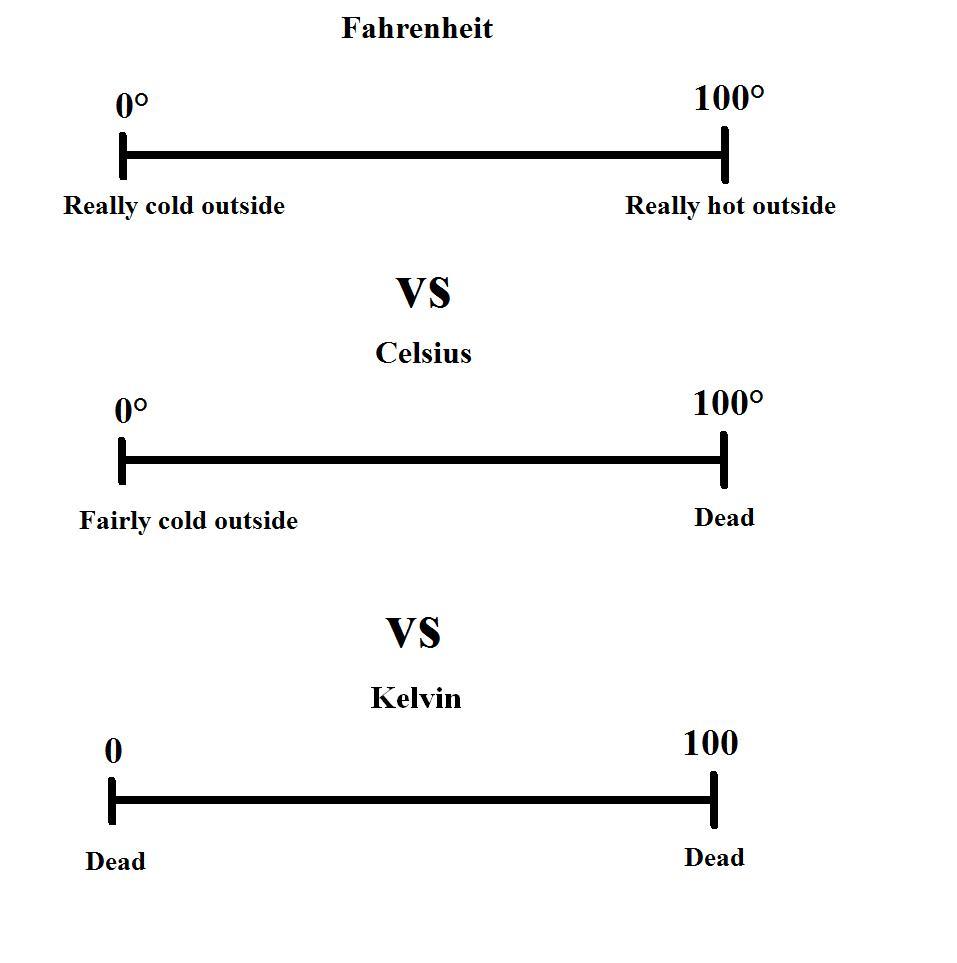Starting exponential functions with my preservice teachers, I love to use this lesson adapted from a 5th grade Math in Art lesson. (From my pre-blog webpage.) The idea is the multiplicative patterns present in a Sierpinski Carpet.
One of the interesting discussions in the initial exploration is the 9 or 17 issue. 9 squares if we count the number of squares as distinct shapes, 17 if we unitize to the smallest level square. For algebra students there's some good opportunities for equivalent expressions, regression and even deduction of function rules. This is a good opportunity for sharing how recording how you're getting your answer can be more powerful than recording answers. The 17, for example, is 1·9+8, then the next level is 9·(17)+8·8. But later, most write it as \( 9^n–8^n \) - which can lead to a pretty neat binomial expansion. Maybe even more interesting and accessible is the 9=1+8, so the next step is 73=1+8+8·8, and gives them a way to generalize this pattern besides recursion.

Once we get to the design your own carpet, there are so many new patterns to find. Here are some samples from this week:

Note that these last two aren't really Sierpinski patterns - but they still raise interesting patterning questions that are extensions of what we already noticed.
Probably easy to see why this is one of my favorite lessons. I also have seen the power of adding in places where students who have not traditionally been strong in math class can do amazing work.
The next lesson to follow up this one has some other opportunities to gather/generate multiplicative data.
It always strikes me how even college math majors find things to be surprised about in this data. Especially the penny balancing one. This class made some neat displays of their data - but I haven't taken the pictures yet. (Didn't know I would be blogging this, as I thought I already had! Maybe I was thinking of the quadratic simulations?) I'll add them at first opportunity.
First Opportunity:




Next we'll look at modeling this data symbolically using technology, and asking questions that raise the need for logarithms. Since, of course, every exponential data set is logarithmic when seen through the looking glass.








